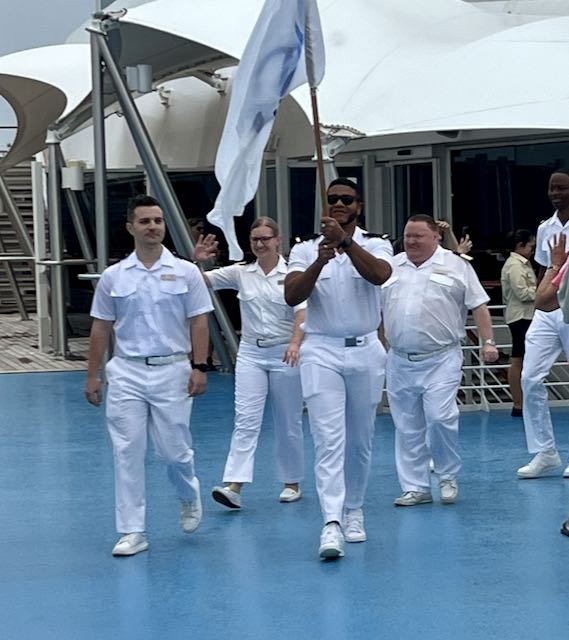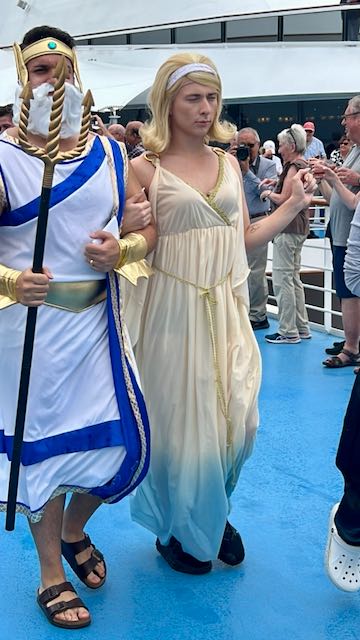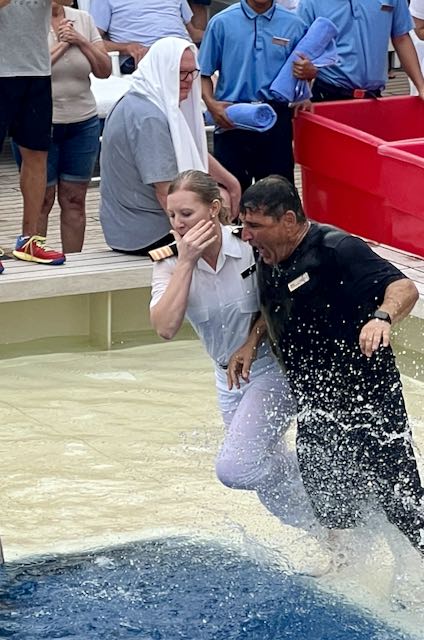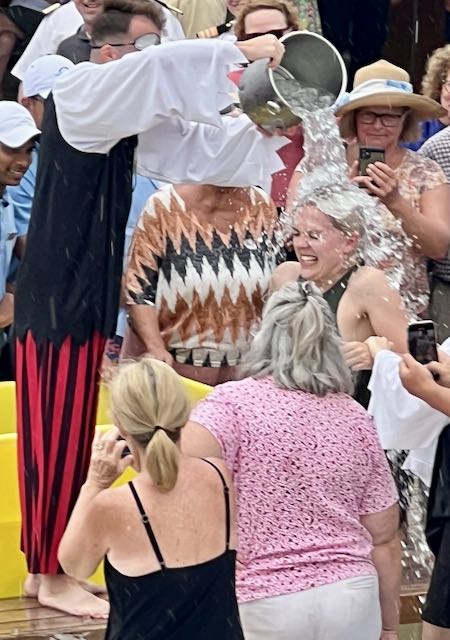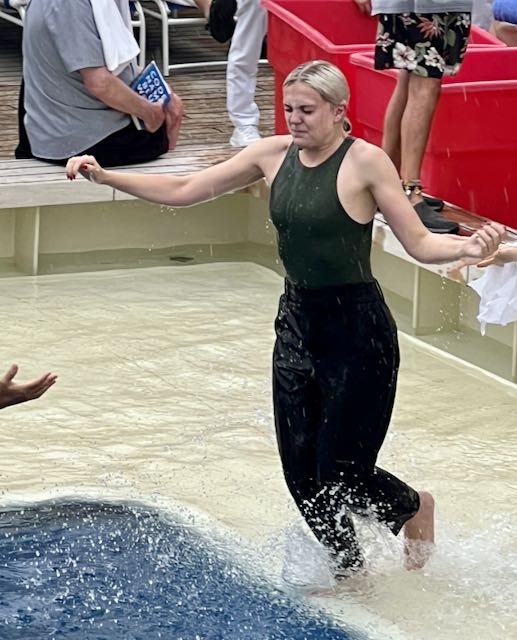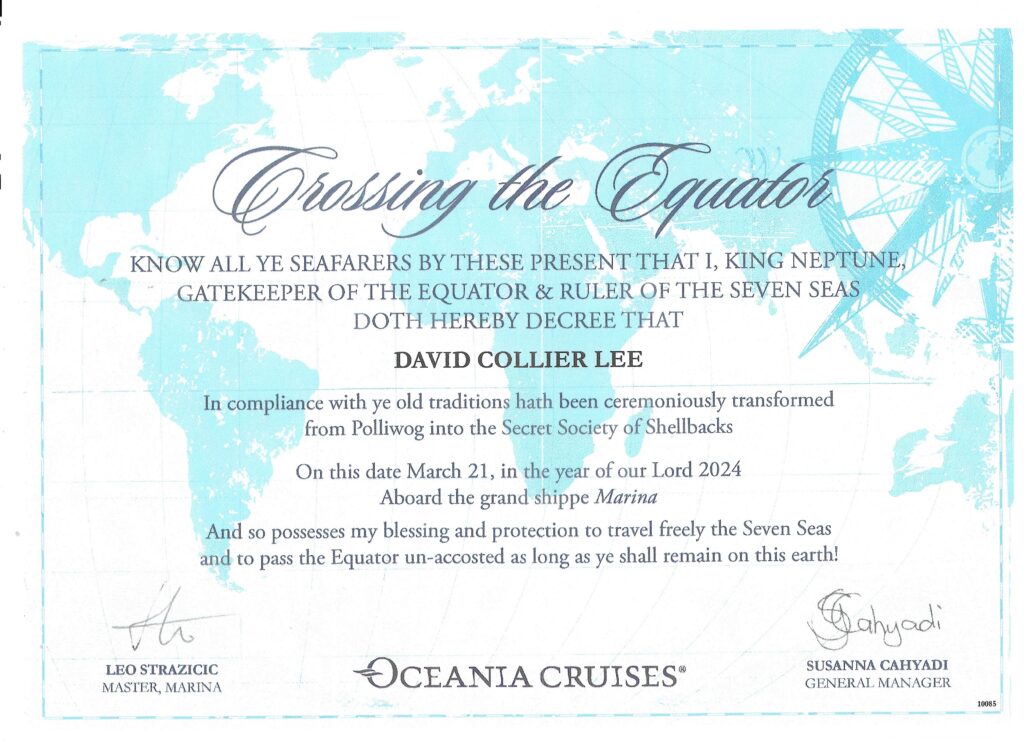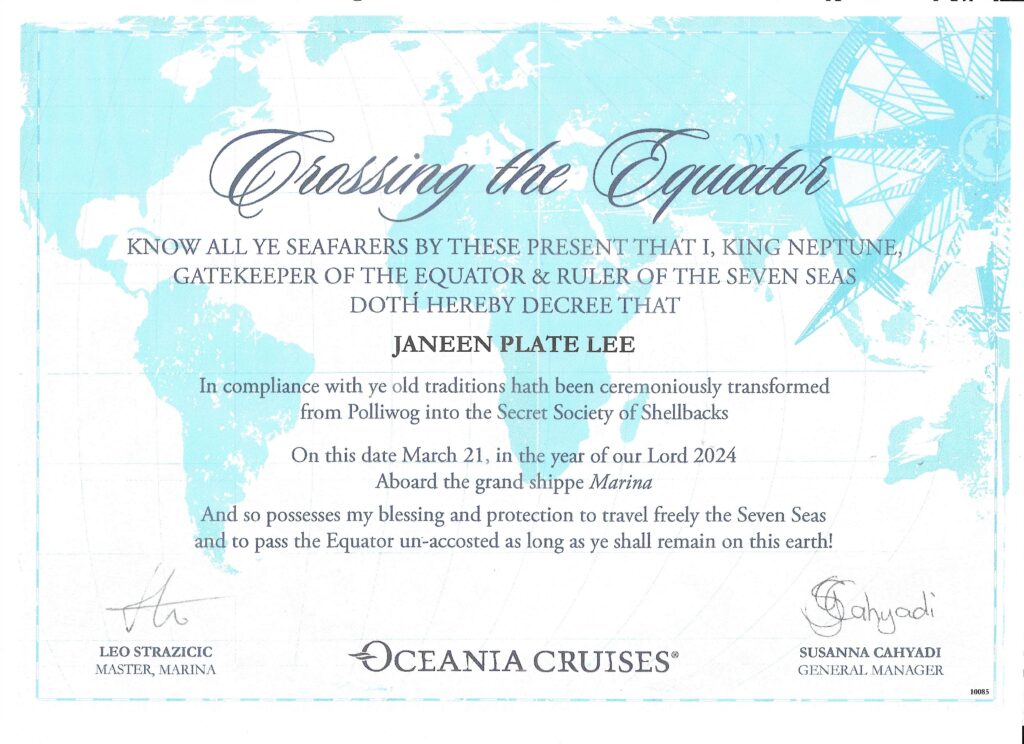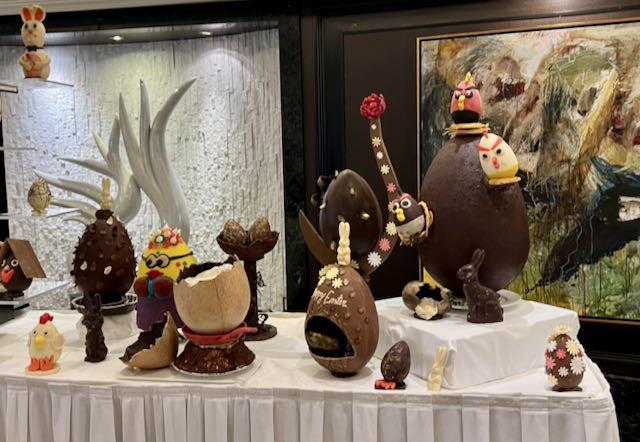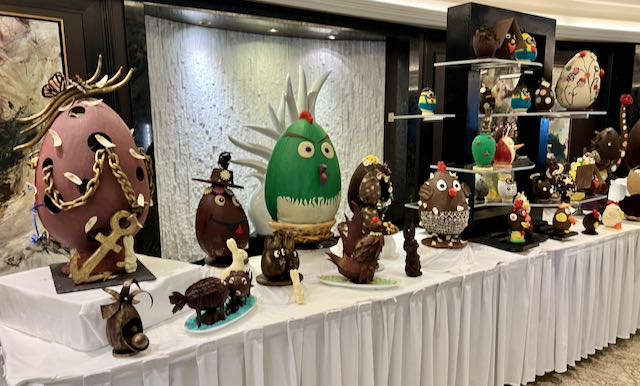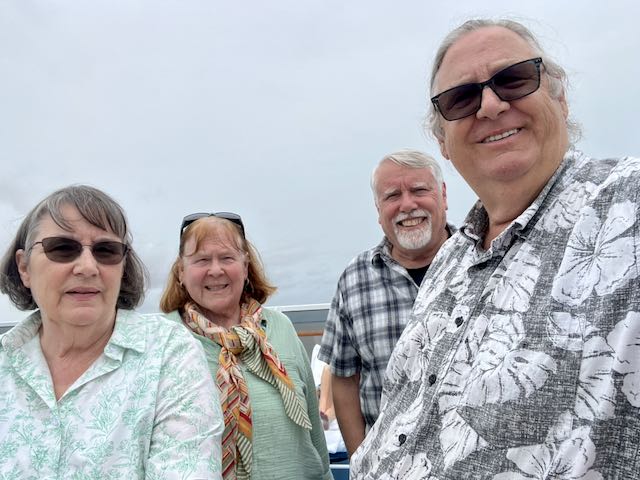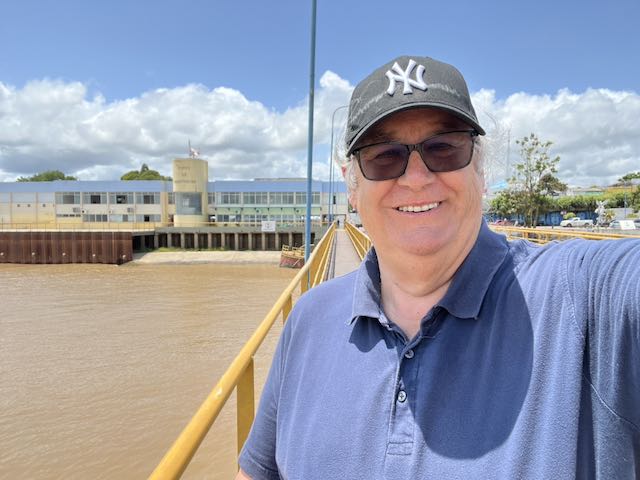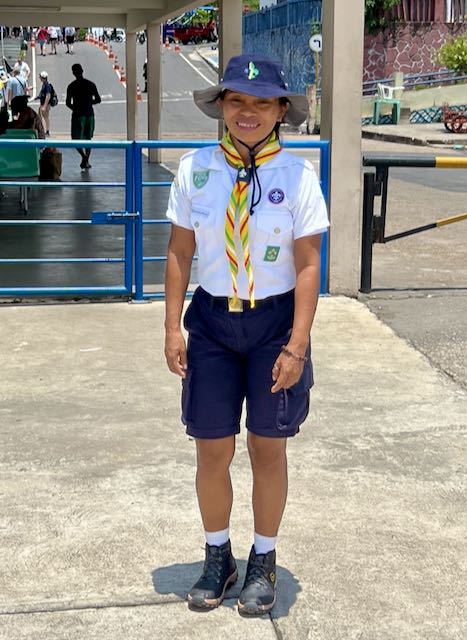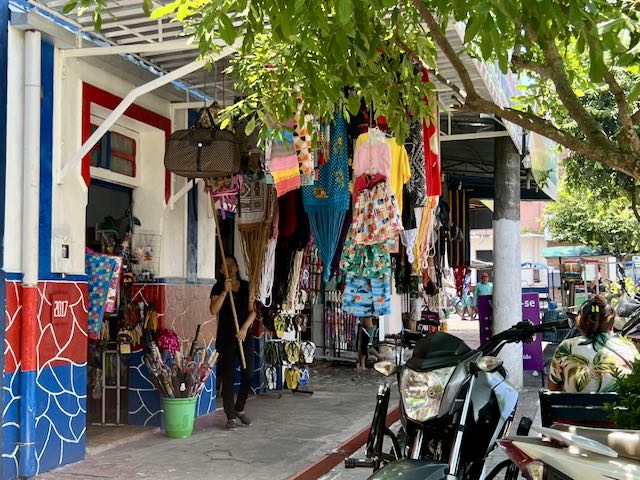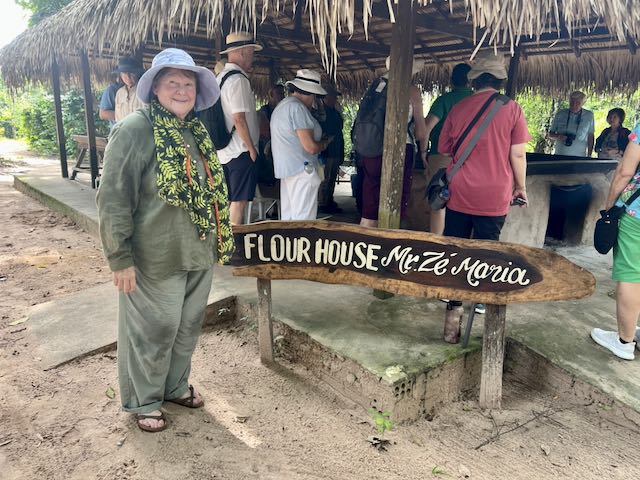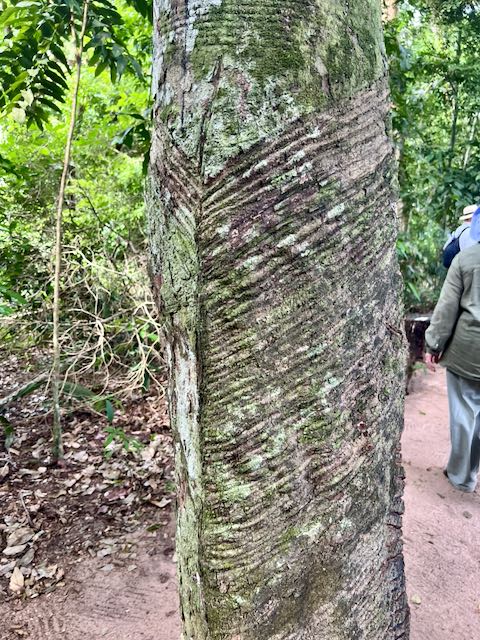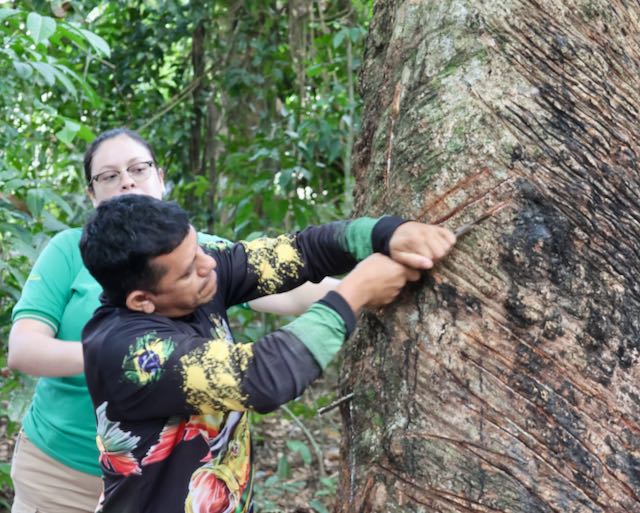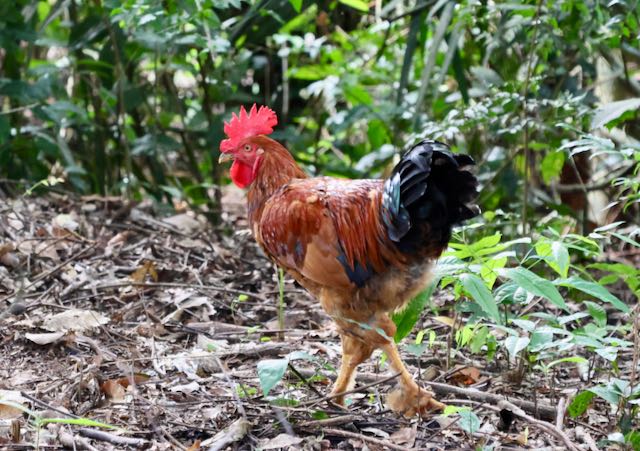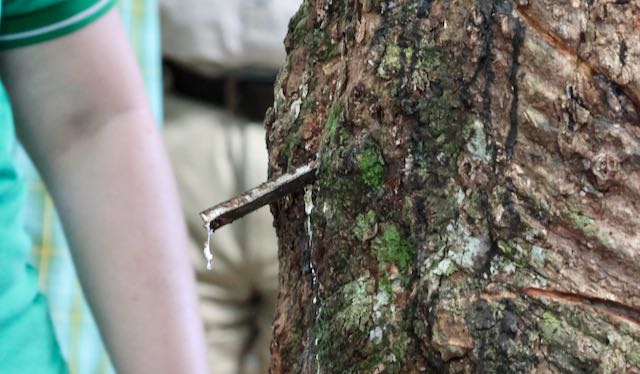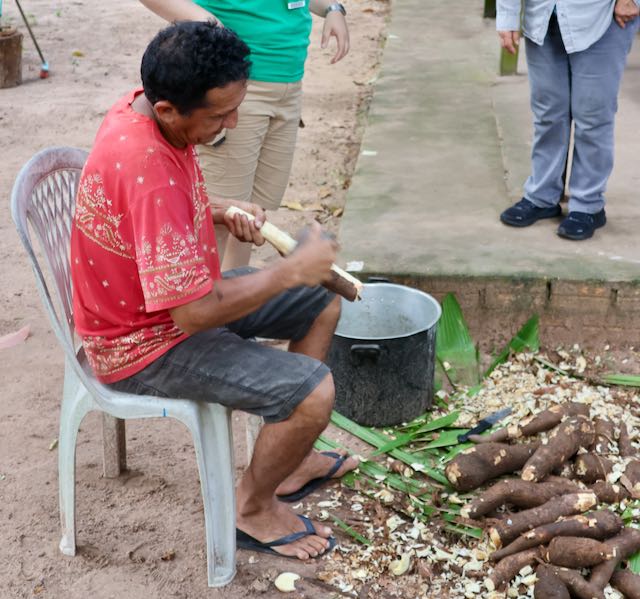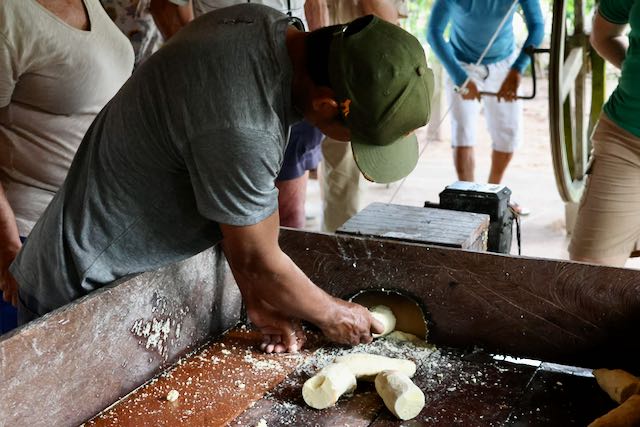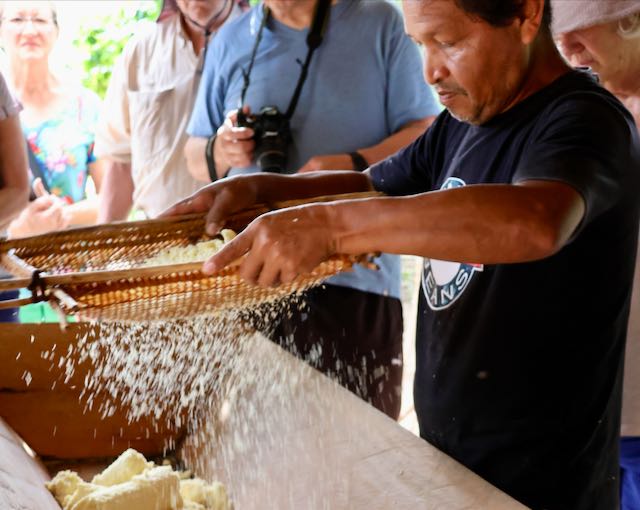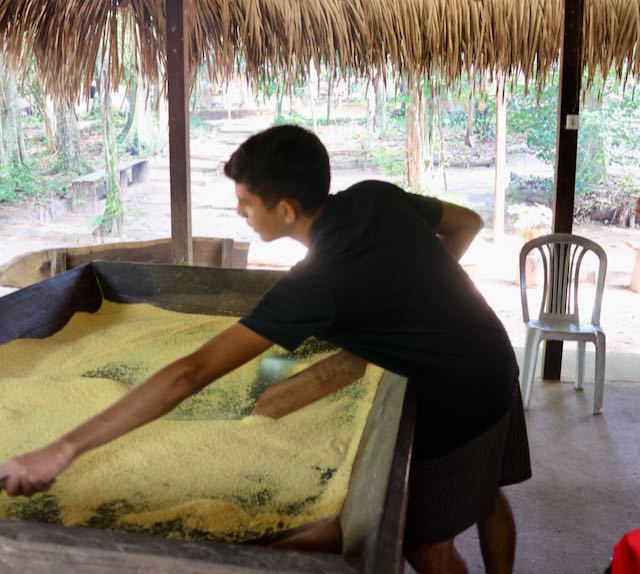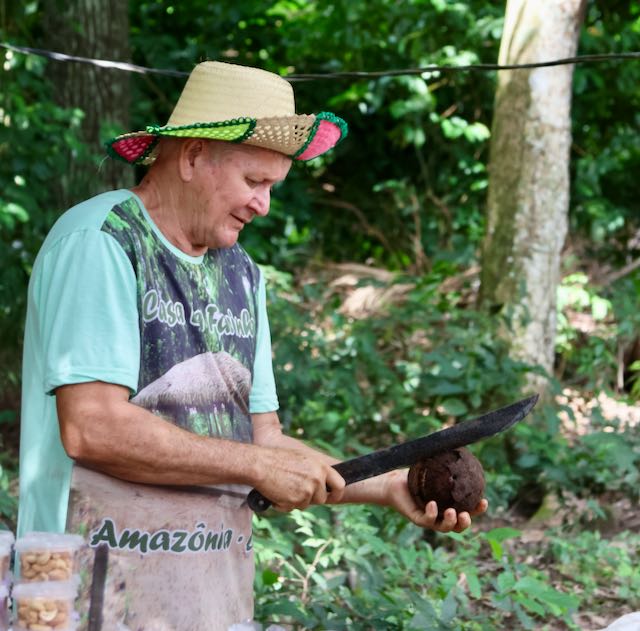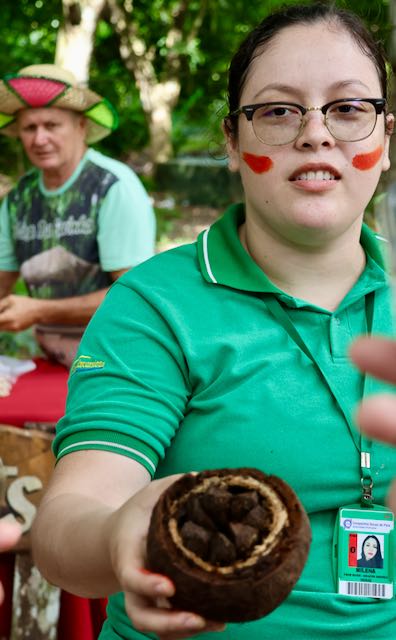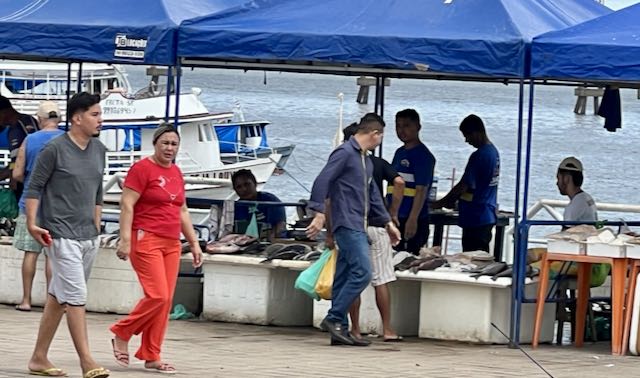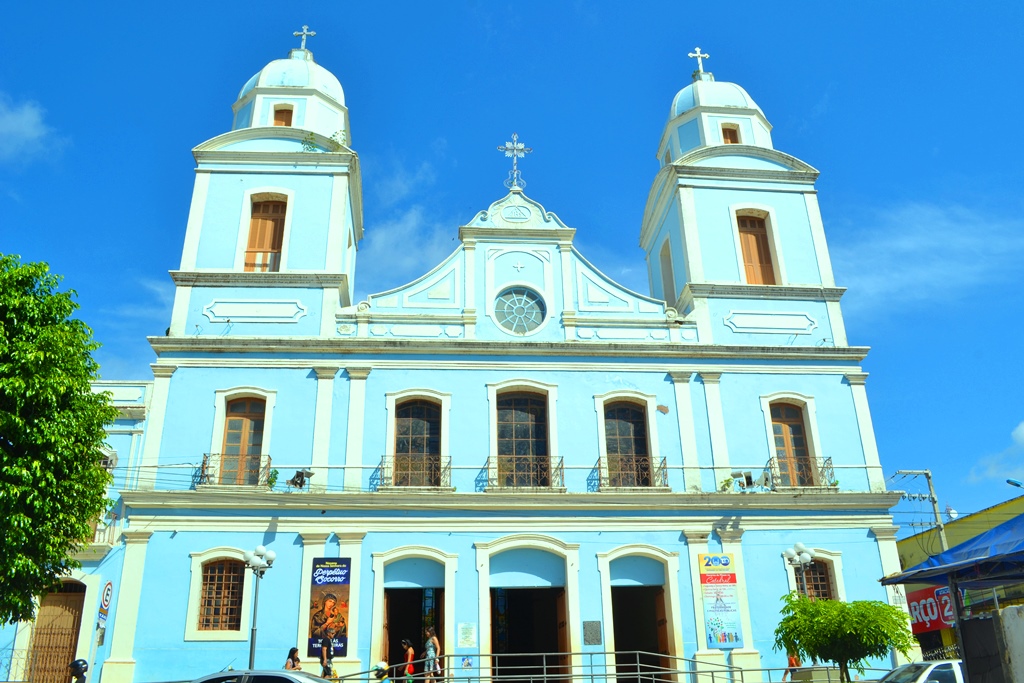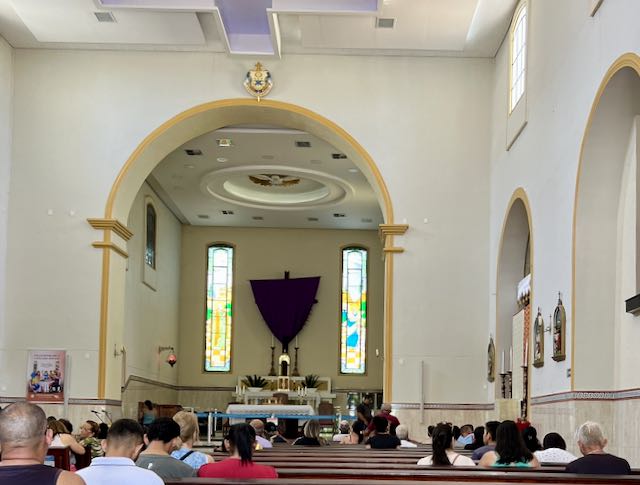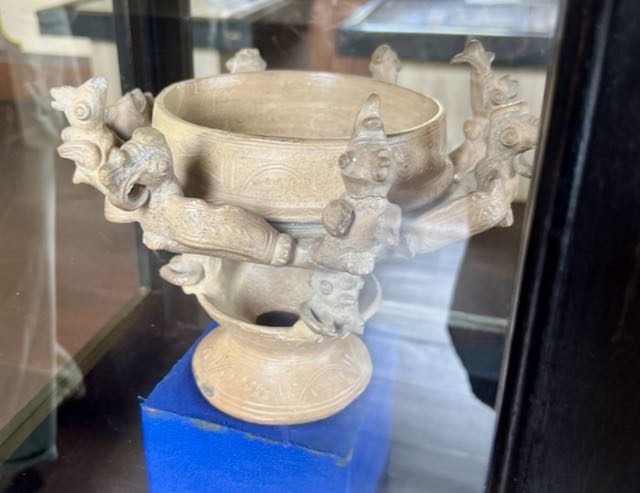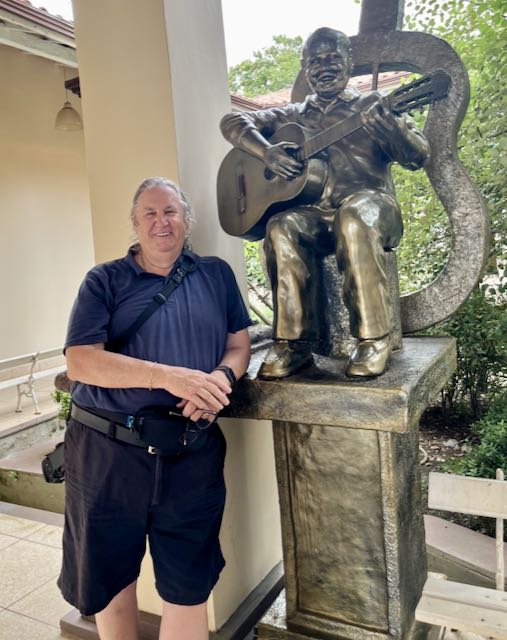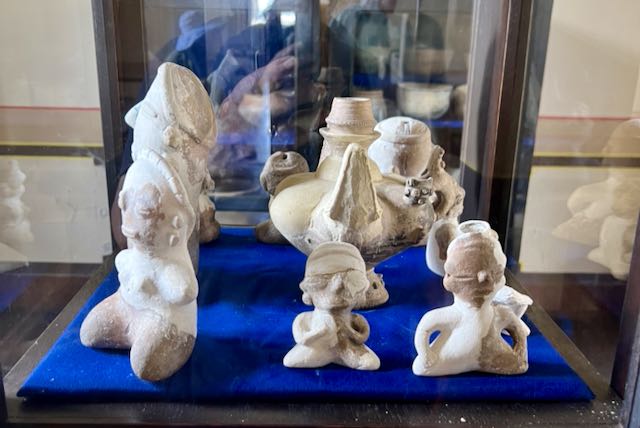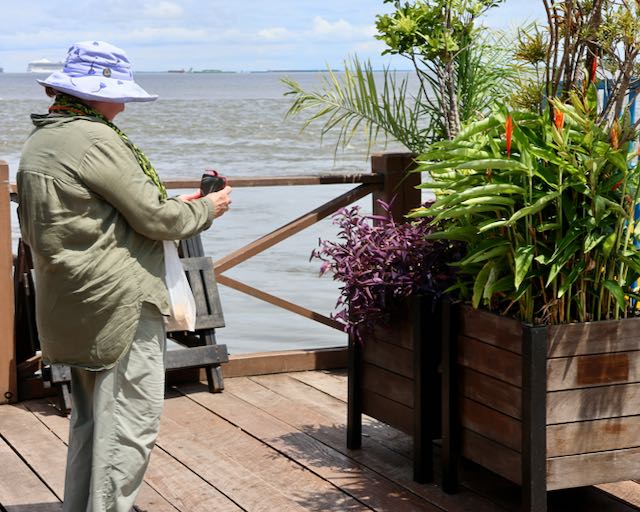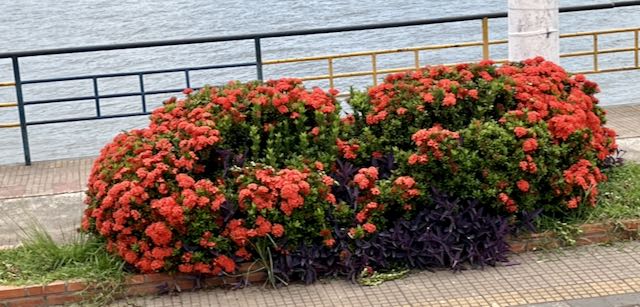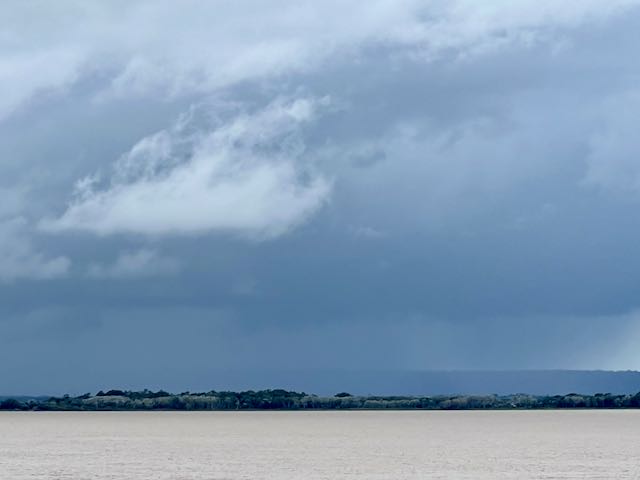The adventure in South America began in Buenos Aires in large part to include a visit to the Iquazu Falls and ending some 8,000 nautical miles (9,446 ‘land’ miles) in Miami. Along the way we stopped in 21 ports of call and explored 5 different countries.
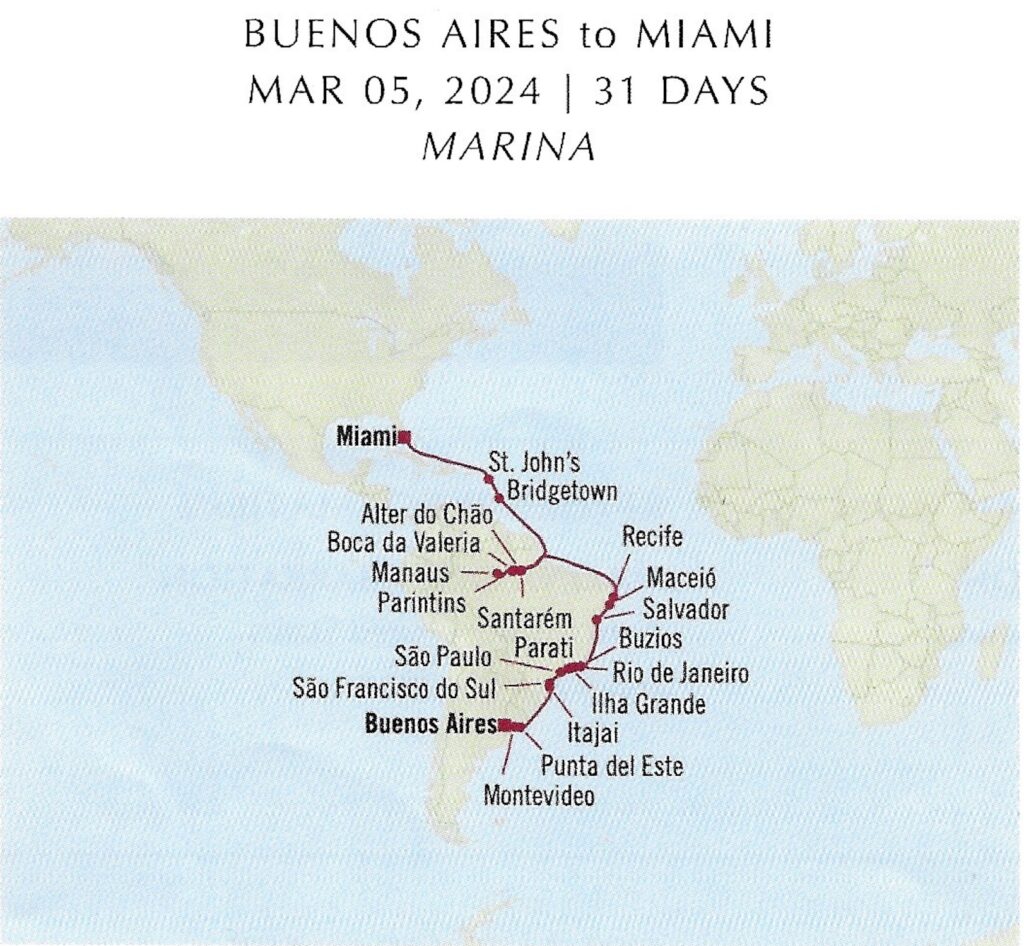
We also traveled on waters of distinctive coloration. Southern seas near Uruguay and Argentina were a dark sapphire. As we headed north, port towns like Rio de Janeiro reflected a green tint to the sapphire. As we entered the estuary of the Amazon, bronze brown waters greeted us. Up river in Parintins, the blog showed you the Meeting of the Waters, forest dark stream flowing alongside earth brown river.
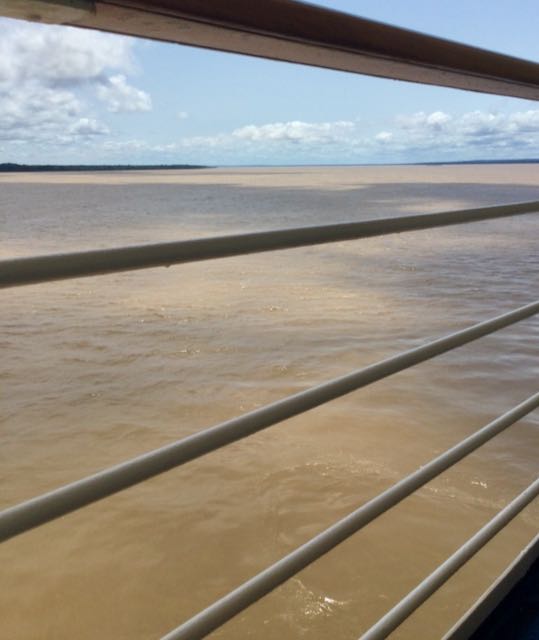
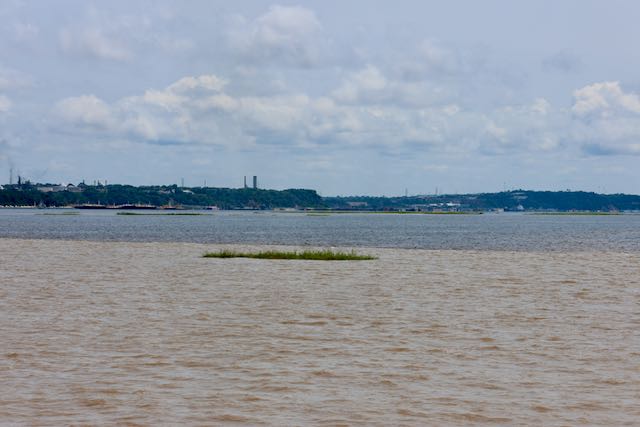
As we continued on north, sunny clear days reflected the true turquoise of the Caribbean. There were highlights and missed opportunities but all in all it was a spectacular adventure and quite enjoyable.
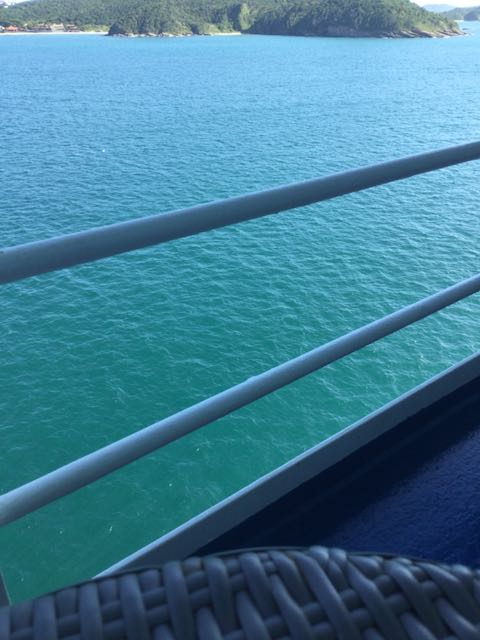

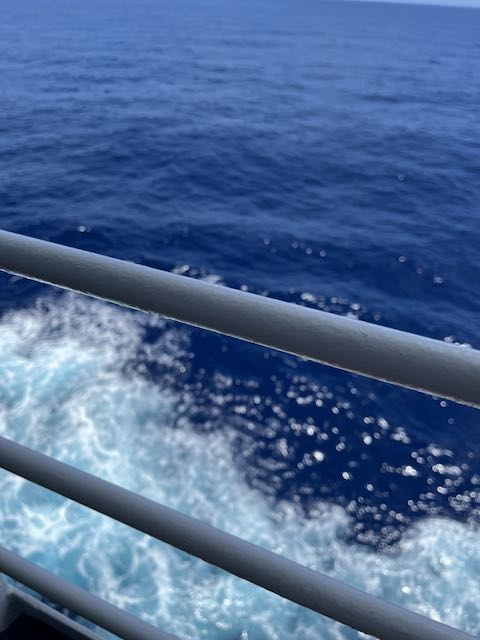
Our last two stops were in Bridgetown, Barbados an St. John’s, Antiqua. These are clearly resort ports where cruise ships come on a regular basis disgorging 1,000s of tourists along the way and the Ports clearly are focused on this tourist trade. However, both islands have lovely beaches and some interesting historical links.
Bridgetown is the capital and largest city of Barbados. The present-day location of the city was established by English settlers in 1628. Bridgetown is a major West Indies tourist destination, and the city acts as an important financial, convention center, and cruise ship port of call in the Caribbean region.
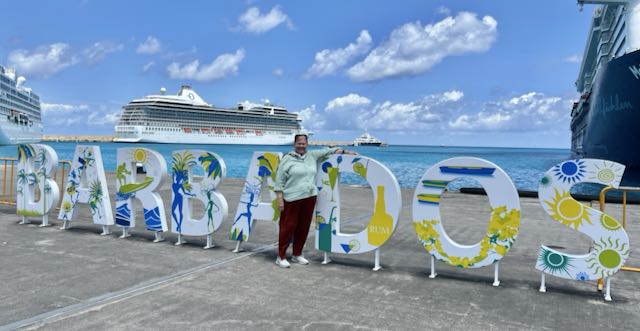
Although the island was totally abandoned or uninhabited when the British arrived, one of the few traces of indigenous pre-existence on the island was a primitive bridge constructed over the Careenage area’s swamp at the center of Bridgetown. It was thought that this bridge was created by a people indigenous to the Caribbean known as the Tainos.

Bridgetown is the only city outside the present United States that George Washington visited. (George Washington House, the house where he stayed, is included within the boundaries of the Garrison Historic Area.) Two of Washington’s ancestors, Jonathon and Gerrard Hawtaine, were early planters on the island. Their grandmother was Mary Washington of Sulgrave, Northamptonshire, England. In 2011, historic buildings in Bridgetown were designated as a protected area by UNESCO.

Our visit to Bridgetown did not include a tour so we just went ashore and checked out the various shops.
The settlement of St. John’s has been the administrative center of Antigua and Barbuda since the islands were first colonized in 1632, and it became the seat of government when the nation achieved independence in 1981.
St. John’s is one of the most developed and cosmopolitan municipalities in the Lesser Antilles. The city is famous for its shopping malls as well as boutiques throughout the city, selling designer jewelry and haute-couture clothing. St. John’s attracts tourists from the resorts on the island and from the cruise ships which dock in its harbor at Heritage Quay and Redcliffe Quay several times a week.
After St. John’s we had 2 full days Cruising the Atlantic Ocean before arriving in Miami. During the final days there were a number of activities and opportunities to enjoy the ship.
This concludes the South American Adventure. Our next scheduled trip is to Europe starting in October. This will include a cruise in the Eastern Mediterranean, a couple weeks of wandering on our own around Italy, a week-long tour with a Renaissance art historian “In the Footsteps of Michelangelo and Caravaggio” through Florence, Rome and Naples and a Christmas Market River Cruise on the Rhine from Cologne to Basil. Lots more adventures coming soon!
